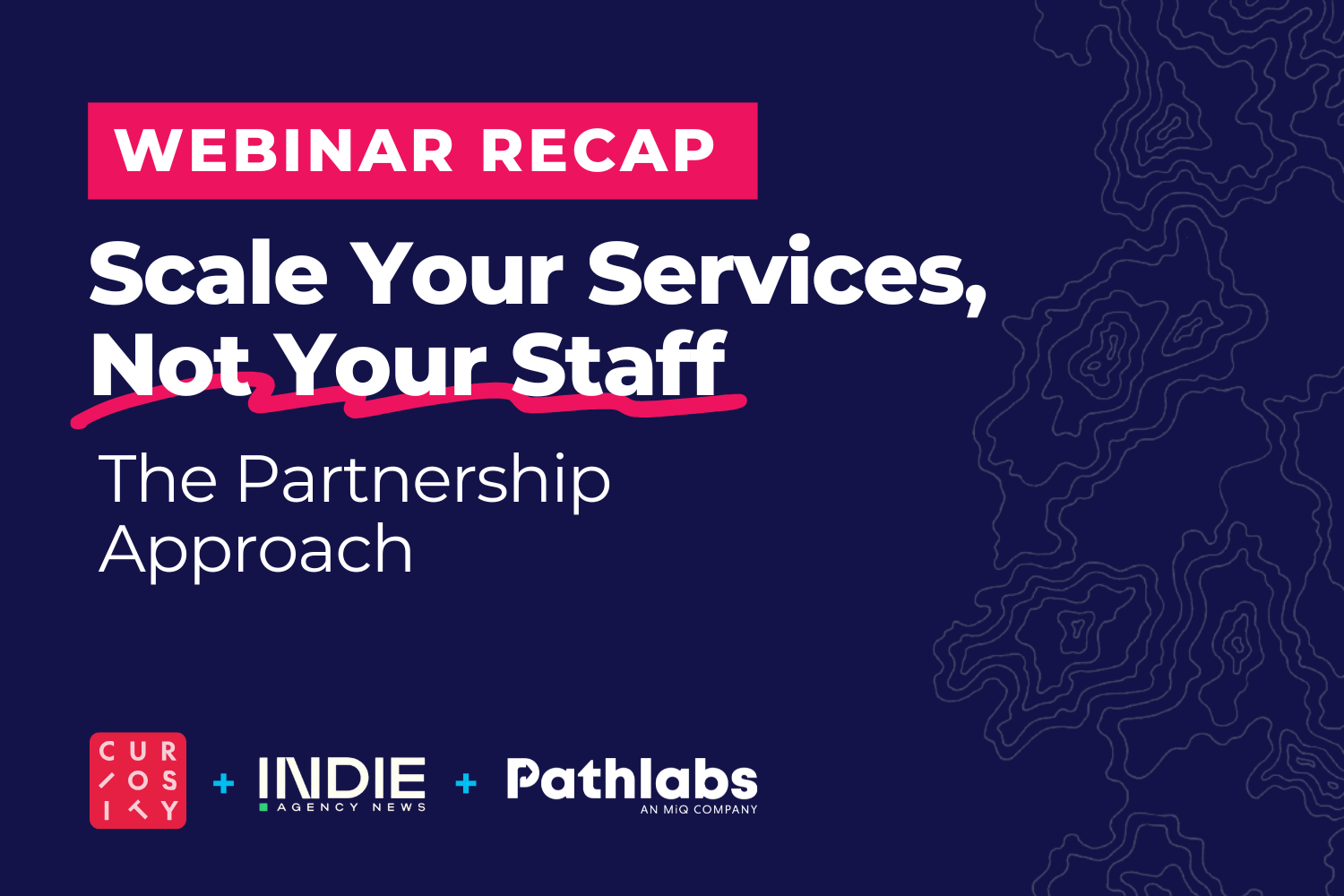5 Media Execution Trends Shaping 2026: Webinar Recap
| Pathlabs Marketing |
| November 19, 2025 |
Independent agencies know the industry is changing fast, but the pressure heading into 2026 feels different. Funnels are harder to predict, AI is reshaping search, and creative demands continue to climb. On November 10, Pathlabs and Ad Age walked through the biggest shifts shaping next year and what agencies can do to stay ahead.
1. Consumer Journeys Are Shorter and Harder to Map
Traditional media plans no longer match how people move. Journeys are volatile and non-linear, which makes yearly planning less reliable.
Agencies told us they are still leaning on the same safe playbooks from the last few years, even though they are seeing less consistency in performance. The message from our team was simple: you cannot run the same playbook every year and expect the same outcome.
“It’s a nonlinear path for many customers from brand discovery to ultimately purchasing. And consumers are bouncing between those channels and devices in ways that our old funnels really don’t keep up with.”
2. Video Demand Keeps Rising, and Most Teams Are Feeling the Strain
Video leads every platform now, but agencies are running out of room to keep up.
In our recent research with Ad Age for the Q4 Playbook, agency leaders shared how their workload has shifted over the last year:
58% reported more campaign requests
52% said optimization cycles are getting faster
67% said reporting requests have increased
88% said they need more support overall
This pressure is showing up everywhere. Creative is becoming part of the performance conversation, and perfection is slowing teams down. Agencies need more volume, more formats, and quicker turnaround.
“Agencies need to prioritize video as a part of their creative. It doesn’t need to be perfect. It just needs to be there. And the number of assets an agency can have will directly influence how well and how quickly they can see performance and be agile.”
3. AI Is Reshaping Paid Search Faster Than Anyone Expected
AI-generated summaries are cutting into brand visibility. Search-heavy media plans are now overexposed. As platforms shift toward AI-powered answers, brands lose control of their story at the bottom of the funnel.
Agencies need to rebalance their mix before the impact compounds. Awareness and mid-funnel work are becoming essential.
“I think we’re clinging to some outdated budget splits. We’re over-indexing ourselves. I think that’s going to catch a lot of brands off guard as AI starts to become more of the place for discovery. ”
4. Reporting Needs to Shift From Attribution to Impact
Attribution is getting harder as platforms change their data policies. Over-attribution burns time and creates confusion for clients.
Measurement will only get blurrier. Agencies need to focus on business outcomes, not vanity metrics, and give clients a clearer view of what is actually moving the needle.
“Attribution is not broken, but it is certainly over-indexed in many ways. We have to just ask ourselves a simple question: Why are we investing dollars into the market for advertising? It’s to grow a business.”
5. AI Is a Utility, Not a Differentiator
Indies risk wasting time and budget trying to build tech that already exists. The opportunity is not in reinventing tools, but in how fast teams can use them.
AI should support better service and better creative output. It should not replace the work that makes agencies valuable.
“You’re not trying to out-AI OpenAI. You’re not trying to out-AI Google. It just doesn’t make sense to try and develop or put your limited resources as an independent agency into trying to reinvent those components.”
What to Do Now
Agencies preparing for 2026 should revisit their media mix, scale video production, balance their search exposure, simplify reporting, and use AI to unlock speed and quality.
If you missed the live conversation, the full webinar is now available on demand.














